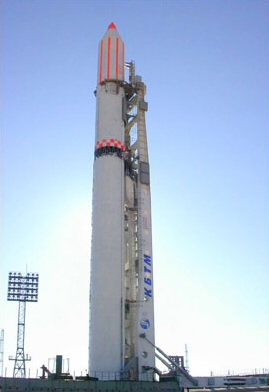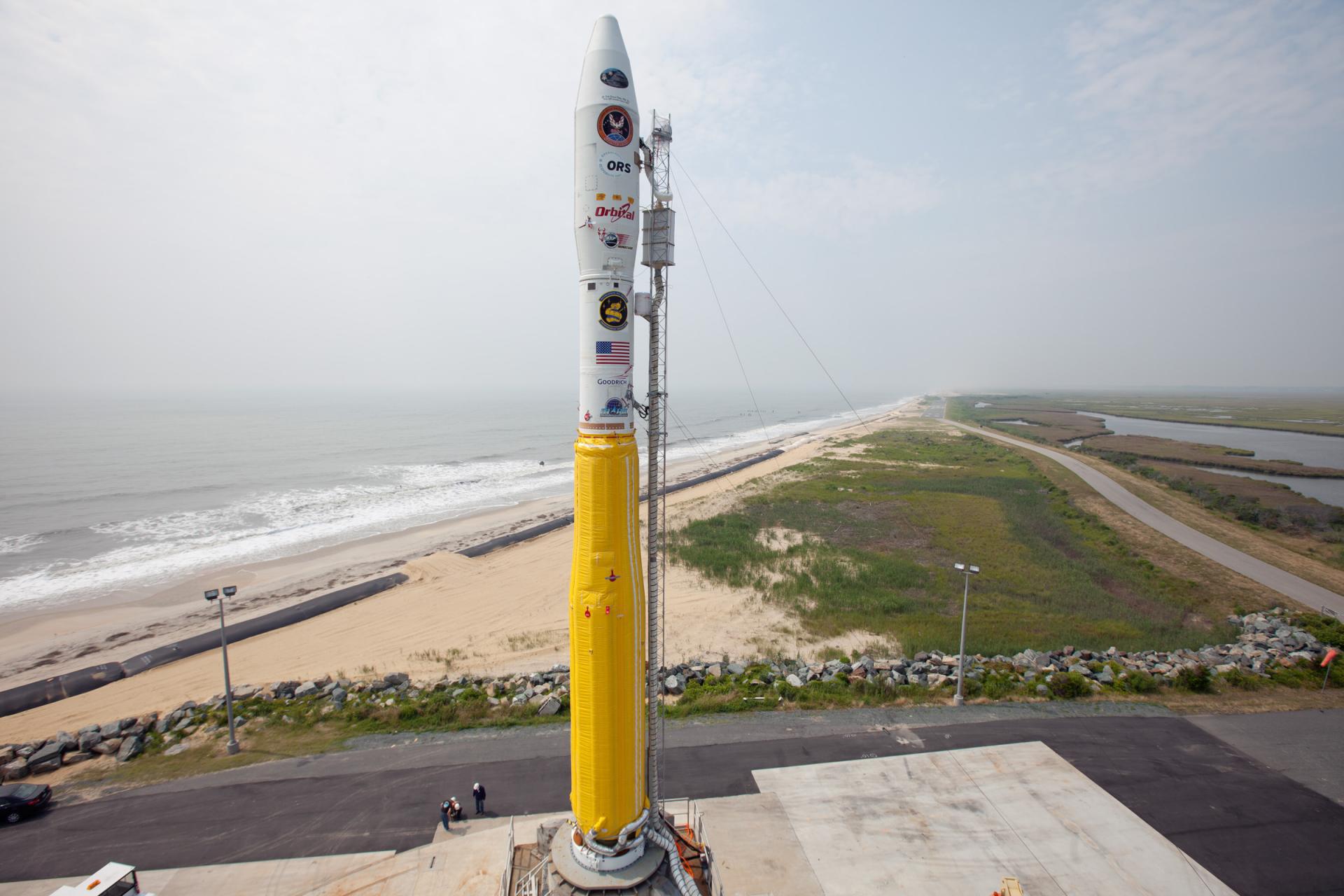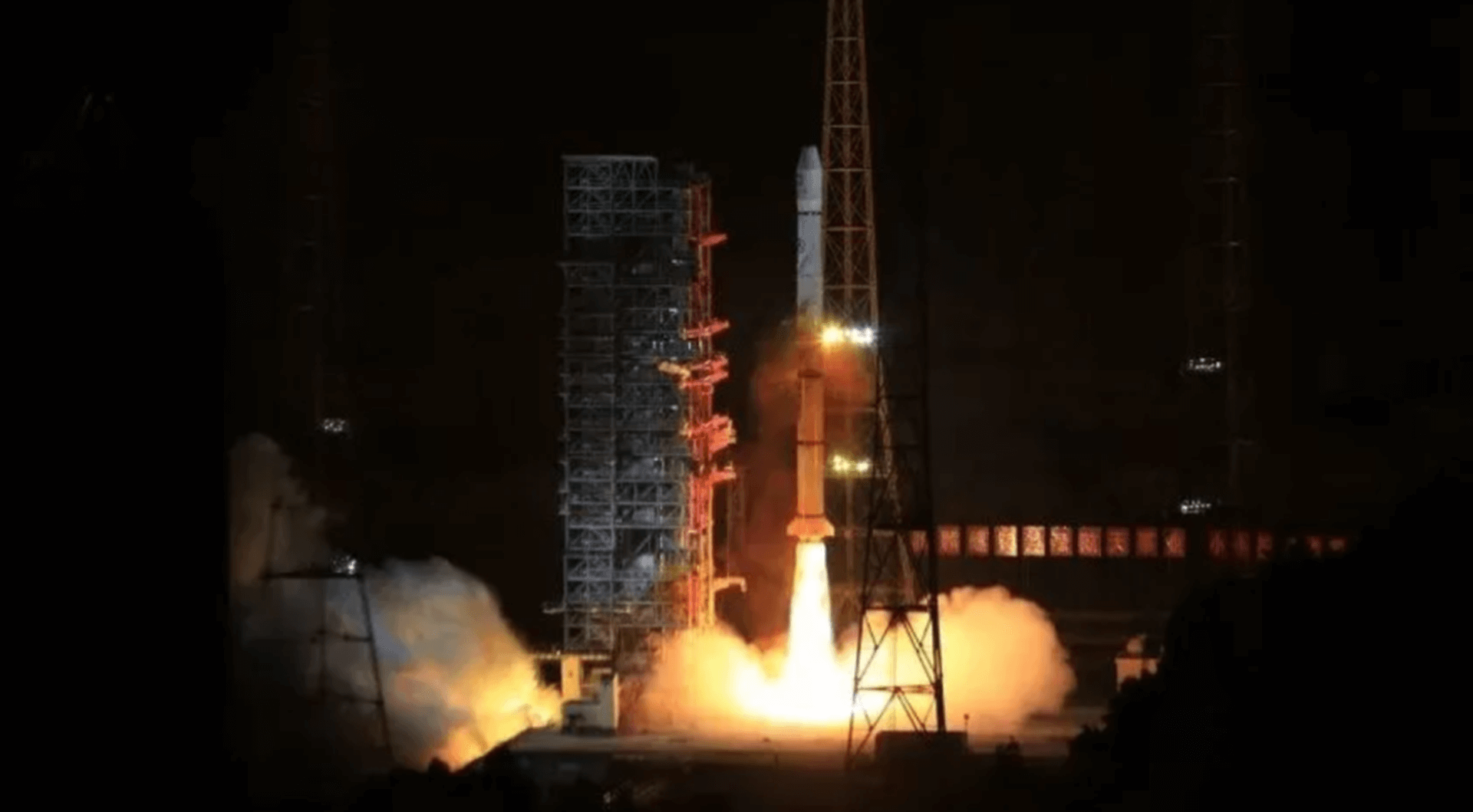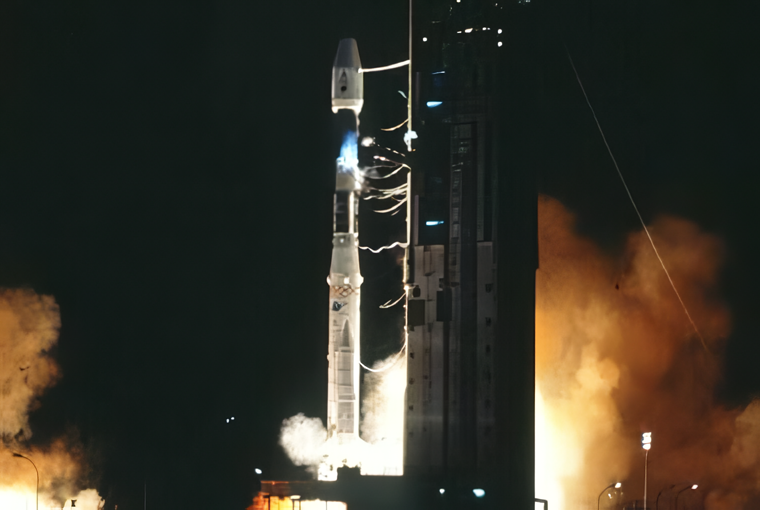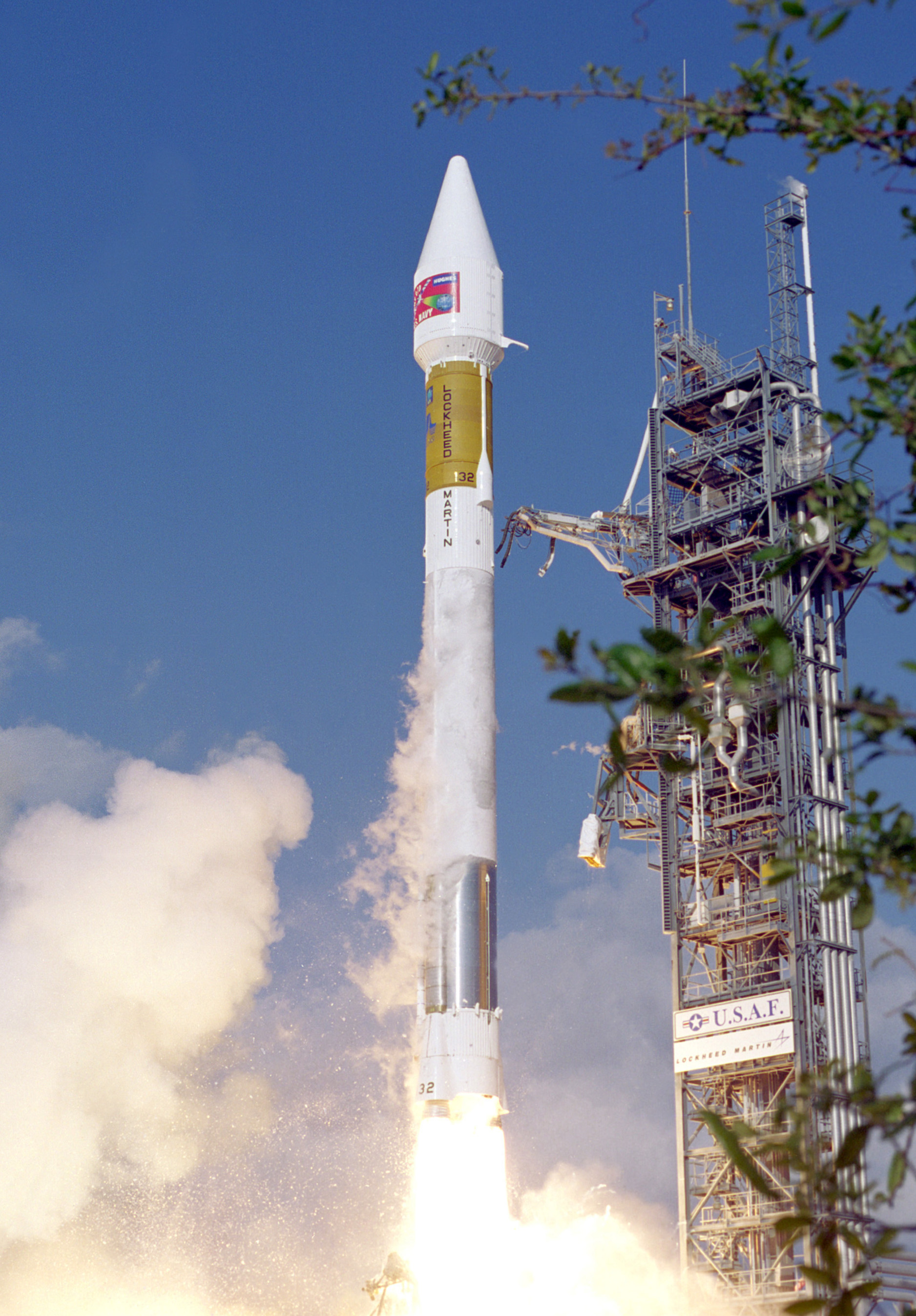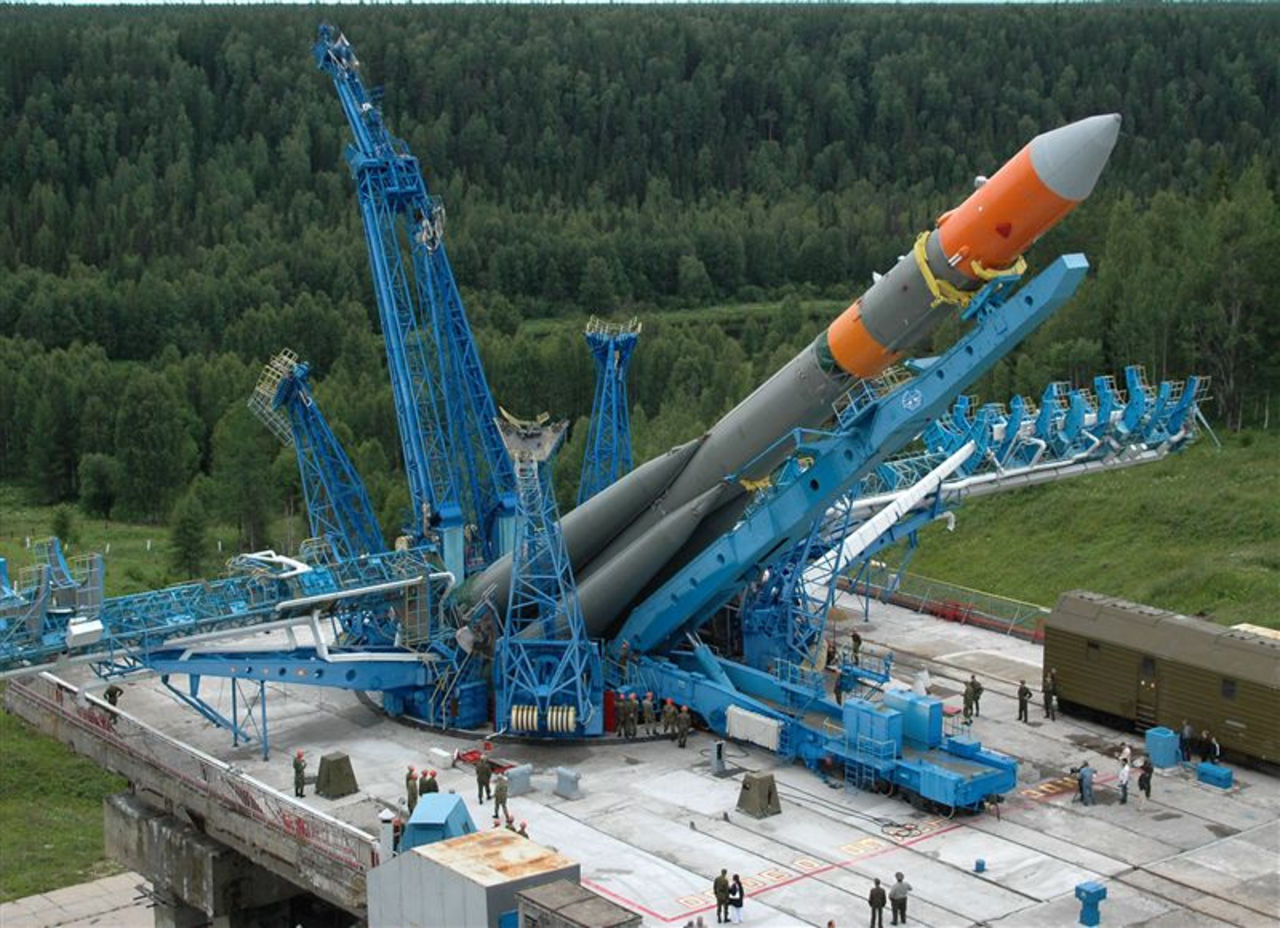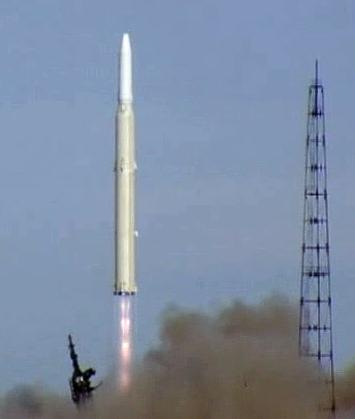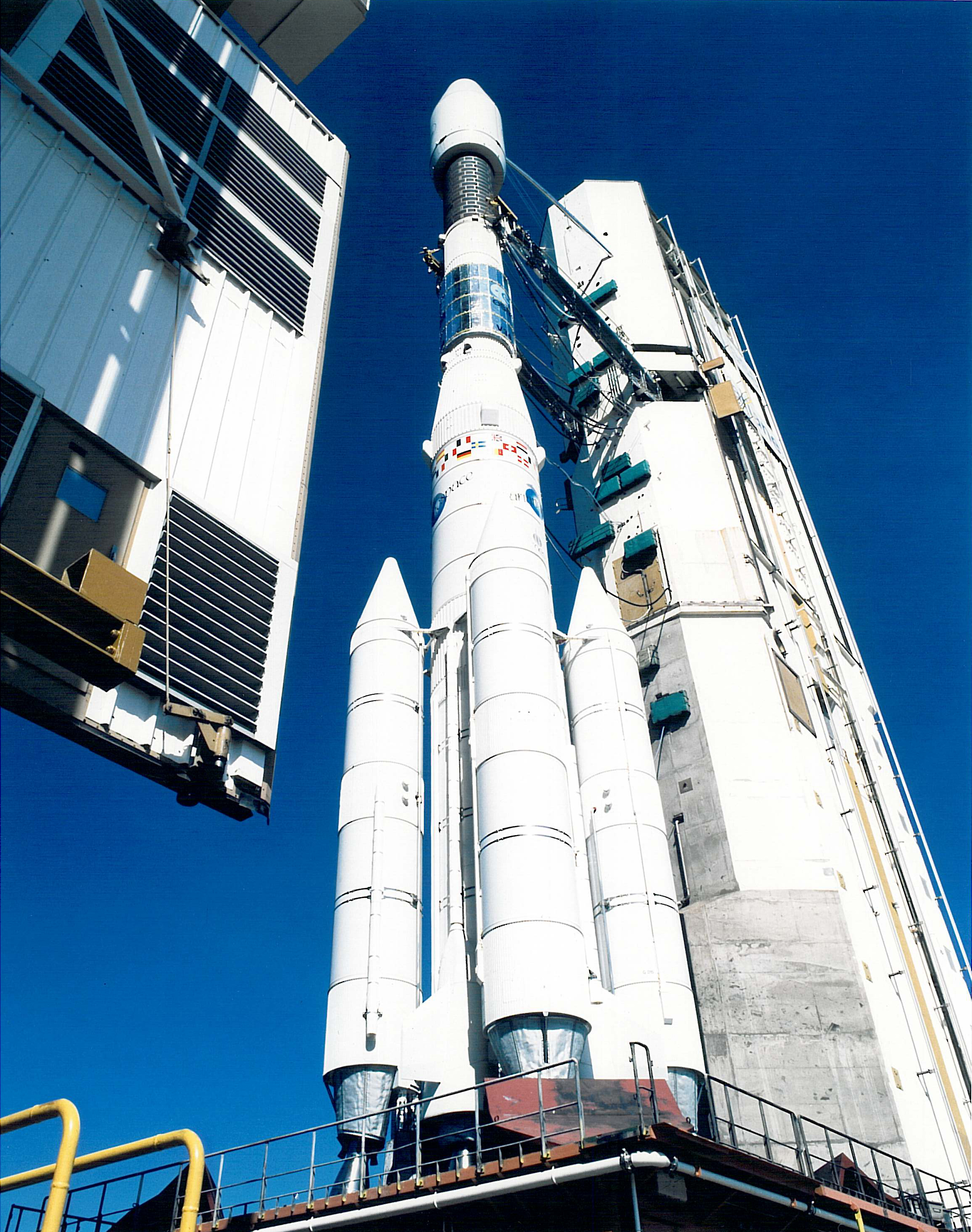Previous Spaceflight Launches
Filter by Agency, Locations or Vehicles
Show All LaunchesAtlas IIAS | Hispasat 1C
Lockheed Martin | United States of AmericaCape Canaveral SFS, FL, USA
Feb. 3, 2000, 11:30 p.m.
Status: Launch Successful
Mission:
Hispasat 1C and 1D are powerful telecommunications satellite based on a Spacebus-3000B2 platform with 28 Ku-band channels built by Alcatel Space for the Spanish company HISPASAT S.A. They offer pan-European and pan-American multi-area coverage. This coverage can extend to certain areas of North Africa. The flexibility offered by the satellite's design will allow users to benefit from intercontinental links between Europe and the Americas.
Geostationary OrbitZenit-2 | Tselina-2 21
Yuzhnoye Design Bureau | UkraineBaikonur Cosmodrome, Republic of Kazakhstan
Feb. 3, 2000, 9:26 a.m.
Soyuz U | Progress M1-1
Russian Federal Space Agency (ROSCOSMOS) | RussiaBaikonur Cosmodrome, Republic of Kazakhstan
Feb. 1, 2000, 6:47 a.m.
Minotaur I | JAWSAT & FalconSat 1
Orbital Sciences Corporation | United States of AmericaVandenberg SFB, CA, USA
Jan. 27, 2000, 3:03 a.m.
Status: Launch Successful
Mission:
The JAWSAT (Joint Air Force Academy / Weber State University Satellite) project was developed by students working alongside aerospace professionals. Initially designed with a pulsed-plasma thruster to train Air Force Academy cadets (see JAWSAT), the mission has since evolved to include the efforts of several universities, local aerospace companies, the Air Force Academy, the Air Force Research Laboratory, and NASA. Utilizing breakthrough technologies, JAWSAT deployed four satellites when it reached orbit. The onboard imaging system recorded the deployment of each payload with its six digital cameras. The first free-flying Academy satellite, FalconSat-1 carried the CHAWS (Charging Hazards and Wake Studies) experiment developed by the Physics Department at the Academy.
Low Earth OrbitLong March 3A | Zhongxing 22
China Aerospace Science and Technology Corporation | ChinaXichang Satellite Launch Center, People's Republic of China
Jan. 25, 2000, 4:45 p.m.
Ariane 42L | Galaxy 10R
Aérospatiale | FranceGuiana Space Centre, French Guiana
Jan. 25, 2000, 1:04 a.m.
Atlas IIA | DSCS-3 B8
Lockheed Martin | United States of AmericaCape Canaveral SFS, FL, USA
Jan. 21, 2000, 1:03 a.m.
Status: Launch Successful
Mission:
DSCS-3 (Defense Satellite Communications System 3) are geostationary communications satellites, which provide a robust anti-jam, nuclear hardened capability that supports Department of Defense (DoD) worldwide requirements, White House and Diplomatic communications. They are the follow-on generation of the DSCS-2 satellites.
Geostationary OrbitMolniya-M | US-K 80
Russian Space Forces | RussiaPlesetsk Cosmodrome, Russian Federation
Dec. 27, 1999, 7:12 p.m.
Tsiklon-2 | US-PM 10
Yuzhnoye Design Bureau | UkraineBaikonur Cosmodrome, Republic of Kazakhstan
Dec. 26, 1999, 8 a.m.
Status: Launch Successful
Mission:
US-PM (Upravlenniye Sputnik Passivny Modifikirovanny) (also reported as US-PU) was a solar powered improved EORSAT (Electronic Ocean Reconnaissance Satellite). It used an passive ELINT devices to track naval vessels from space by registering their electronic emmissions.
Low Earth OrbitAriane 44L | Galaxy 11
Aérospatiale | FranceGuiana Space Centre, French Guiana
Dec. 22, 1999, 12:50 a.m.
Status: Launch Successful
Mission:
Galaxy 11 was the first BSS-702 satellite. It was ordered in May 1997 and was successfully launched in December 1999 on an Ariane 4 rocket from Kourou, French Guiana. Galaxy XI has a payload of 64 active transponders; 24 operate in C-band and 40 operate in Ku-band. The spacecraft was designed for an end-of-life power of more than 10 kW. The satellite provides service to North America and Brazil.
Geostationary Orbit
